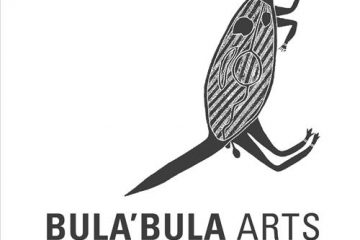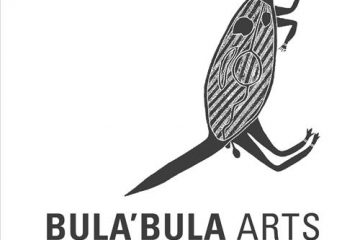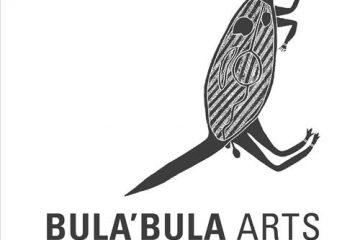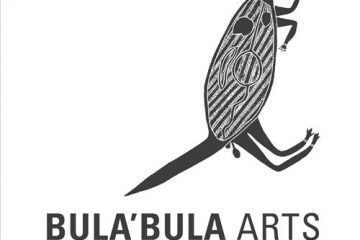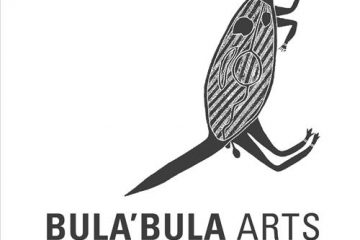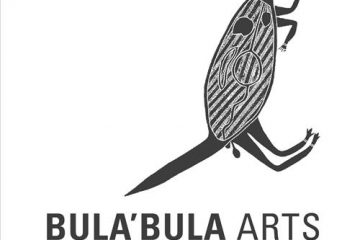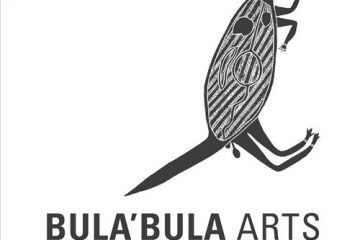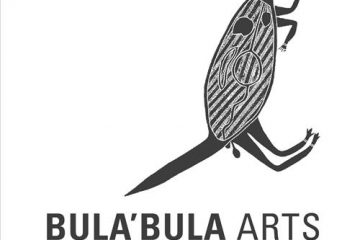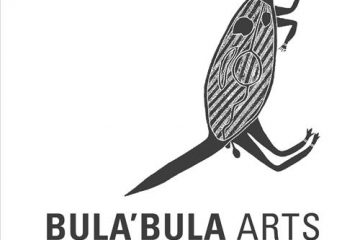Bula'bula Arts
115682364962
Djerrk (Bush String Bag) Djerrk (Bush String Bag) is a flexible, open weave bag made from the bark of Balgurr (red-flowered Kurrajong) but can also be made using Banyan Tree or the Cocky Apple Tree. The bark is harvested by cutting sections of the tree from the trunk. Depending on Read more…
